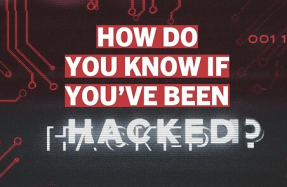
When the first solid-state drives (SSDs) for consumers appeared in 2008, it seemed like the problem of PC storage had been cracked for good. Finally, a fully solid-state PC was possible. On paper, even those early SSDs obliterated conventional hard drives with spinning magnetic platters when it came to most measures of performance.
But almost immediately it also became clear that the SSD was a work in progress. With a bit of use, early drives quickly became stuttering, laggy, useless bricks. More gradually, we PC enthusiasts became familiar with the inherent shortcomings of the predominant memory technology used for SSDs, namely NAND flash.
Since then, flash-based SSDs have improved beyond all recognition in terms of performance. At the same time, prices have fallen dramatically to the point where it’s now routine to have a purely solid-state storage solution in a PC. Even high-performance 1TB SSDs can now be had for a little over $200 while $120 will buy you a serviceable budget model. That’s pretty incredible.
That progress is set to continue for the foreseeable future as NAND flash memory is further refined. Faster, larger, and cheaper SSDs are pretty much guaranteed. Despite that, hope for a radical new technology that sidesteps the latency and endurance shortcomings of flash memory remains. Could a radical new approach to non-volatile memory be around the corner? Or is funked-up flash memory the future? Time to find out.
When it comes to solid-state storage based on flash memory, it’s all about the trade-off between data density and both performance and endurance. Those three major metrics of solid-state storage prowess are intimately interlinked. Put simply, as density increases, performance and endurance fall away.
That’s a bit of a pain but it all comes down to the cell structure of NAND flash memory. Currently, there are four commercially available varieties of NAND flash, SLC or single-level cell, MLC or multi-level cell, TLC or triple-level cell, and QLC or quad-level cell. Respectively, they can store one, two, three, and four bits of data per memory cell.
So far, so relatively simple. But the question follows, why does adding more cell levels or bits of data degrade both performance and endurance? To understand that, we need a grasp of how flash memory cells work. In basic terms, that involves storing an electric charge in the form of electrons between two gates. In a single-level cell (SLC), the cell is storing either a 0 or a 1, represented by the presence or absence of charge or electrons, also known as a reference voltage. That’s pretty straightforward, both conceptually and in practical terms when it comes to measuring the presence or absence




